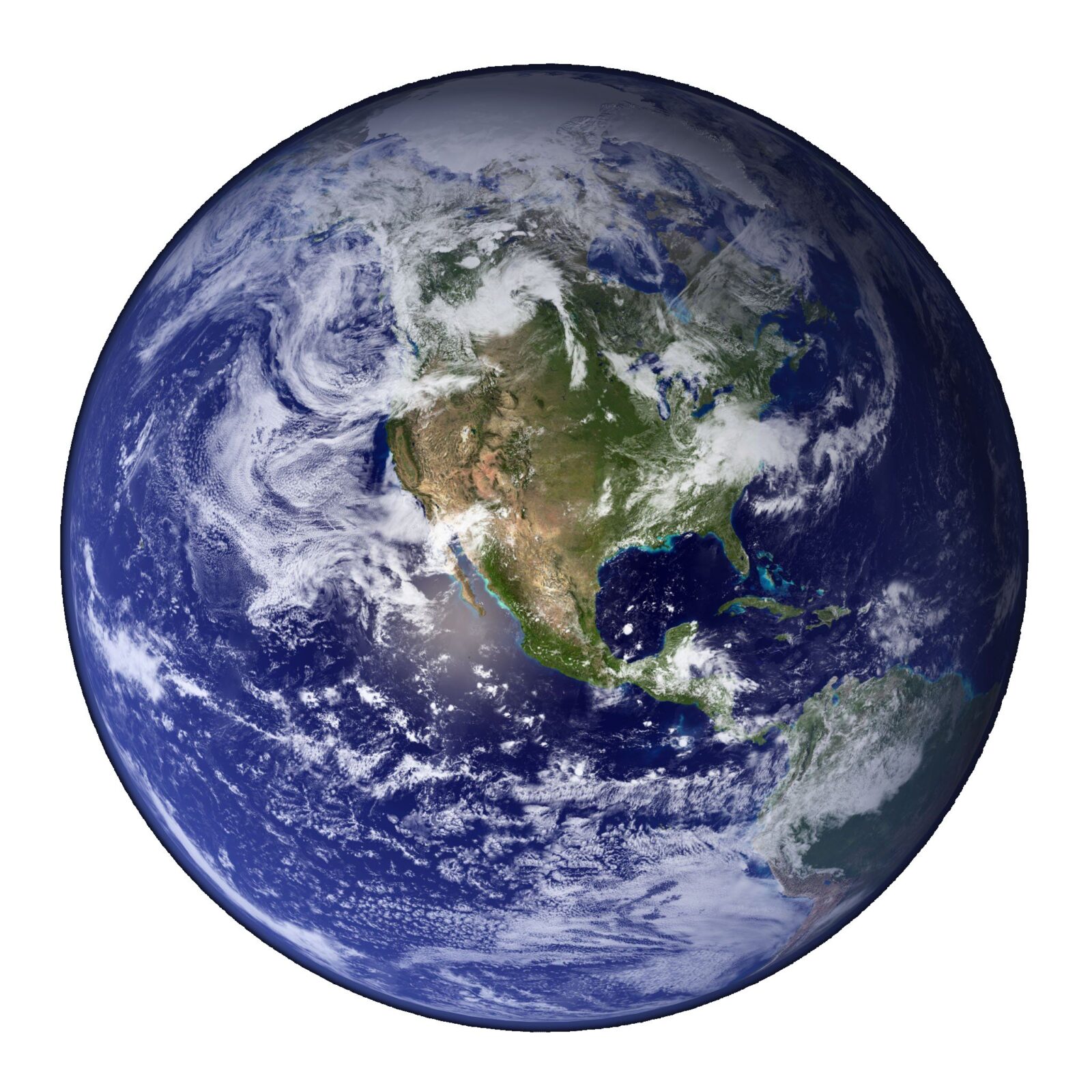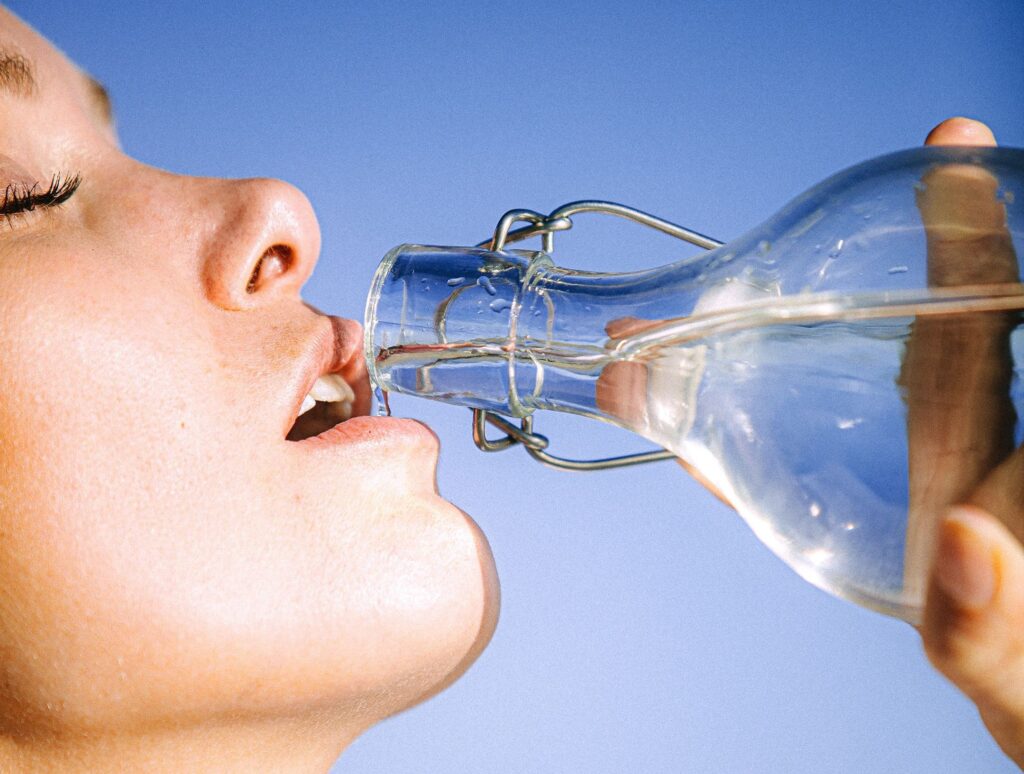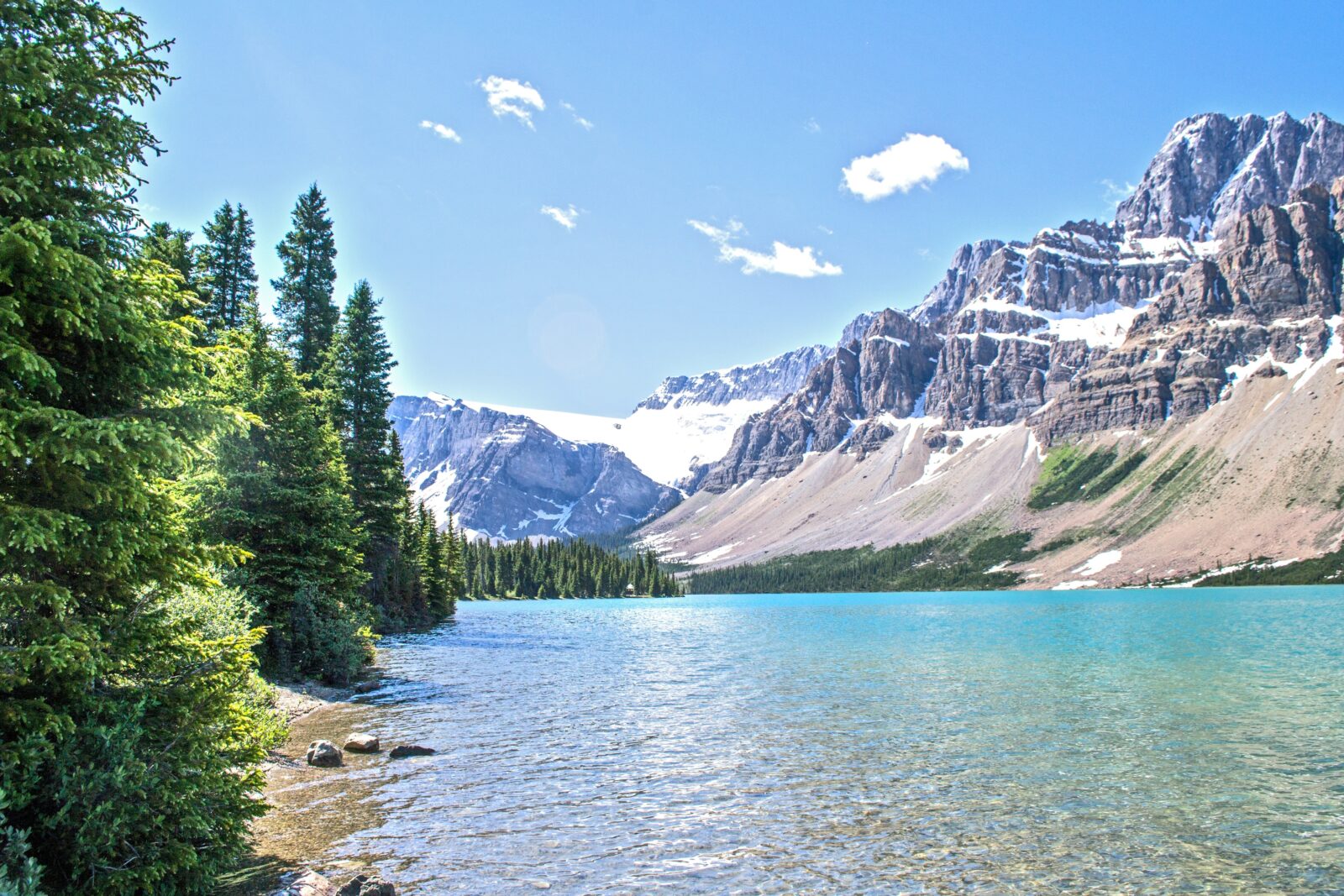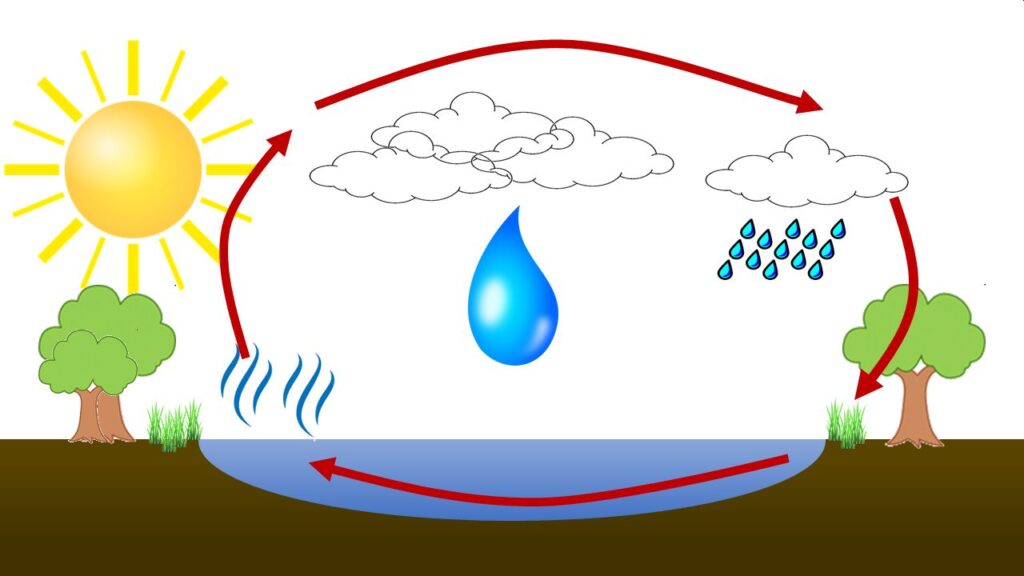Why is water vital
The blue planet Earth, in its gigantic beauty, with white clouds hovering above the clear water surface, should be called “Water Planet”, as over 70 per cent of our planet’s surface is covered by water. Water means life. It is the source of joy and inspiration for mankind. A precious treasure, in need of protection, because without the presence of liquid water, the earth would be a dead planet, and no life could have developed. 97% of the world’s water supply is salty, 2% is frozen in glaciers at the two poles in the form of ice, and only 1% is considered fresh water.
Water (H2O) is a chemical compound of the elements oxygen (O) and hydrogen (H). The term water is used especially for the liquid state of aggregation. In the solid, i.e., frozen state, it is called ice, in the gaseous state water vapour or simply steam.
What is water
Water is one of the most interesting elements in nature. It has properties without which life on earth would not be possible. Water is the origin of all life and human civilisation.
It is the most important basic food resource and is used in the production of almost all foods. Water serves the body to perform vital functions. It works as a solvent and transport medium, adding nutrients and oxygen to the body and removing harmful substances and carbon dioxide. It also regulates body temperature. But it can also transport vibrations and information and make these available to our body and its cells.
Water quality
Those who wish to delve in deeper in the topic of drinking water will ask themselves where they can obtain pure, health-giving water. Tap, spring or mineral water make a good visual impression, but hardly fulfil their main task of transportability for active detoxification.
Residual hormones, drug residues, nanoparticles, cosmetics, herbicides, pesticides, fungicides, heavy and light metals, chemical residues, gases such as chlorine, affect the ability to purify and impair health.
In plain text, this means that an ideal water is a light water, with few ingredients, without pollutants and high vitality. It is active, receptive, and reactive.
There is only a limited supply of fresh water on our planet. Astonishing as it may sound, it is not getting any more, but it is not getting any less either. This means we drink the same water that our ancestors drank 100 as well as 100,000 years ago.
All water moves in a perpetual cycle (Capture: Water cycle). At the earth’s surface it is heated by the sun, it evaporates, rises, combines to form clouds and then rains down on the earth, where it’s captured in lakes and rivers or penetrates the ground. It seeps into the ground through many layers until it often only reaches the groundwater after decades and comes back to the earth’s surface as spring water.
It was mankind who polluted this ingeniously functioning water cycle by using more and more toxic chemicals. Evaporation purifies the water so that the rain falls to earth as clean water. But today, the rain washes the fertilisers, herbicides, and insecticides deep into the soil. As it now trickles through the many mineral-rich layers of the soil, it is no longer filtered. Furthermore, the chemicals in the water can react with the minerals in the soil, possibly forming even more toxic substances.
A typical example of this finding is the chemical chlorine, which has been used for many years to disinfect drinking water. It has been proven that when chlorine combines with organic matter, toxic substances are formed that significantly increase the risk of intestinal and stomach cancer.
Aluminium, which is used by many waterworks as a sulphate to treat drinking water, can also be found in tap water. Aluminium is suspected in promoting Alzheimer’s disease, a degenerative disease of the brain.
Since water is a solvent that absorbs many substances, salts, metals, decayed organic matter, bacteria and microorganisms also get into the groundwater. The quality of drinking water varies greatly regionally, and today we must fear that water reserves of pure water is increasingly at risk.
Water fulfils an important task for all life processes in the body
The body of an adult human consists of about 50 to 65 percent of water, the body of a new-born contains 70 to over 80 percent of water. Without a regular supply of liquid, our bodies cannot function.
As a component of cells and tissues, water shapes the body.
- Water is important for fluid balance.
- Water dissolves the solid components of food such as sugar, salt, some of the vitamins and minerals and carries the dissolved nutrients to the cells.
- Water is the body’s coolant. In hot weather or during sports, heavy sweating prevents the body temperature from rising. Sweat evaporates, releasing heat and cooling the skin.
- Water allows dietary fibres to swell.
Water is also an important means of transport for excretory processes. For example, our kidneys purify about 1700 litres of blood every day. Like in a sewage treatment plant, worthless or harmful waste is filtered out and released through the urine. The clean blood flows back through the bloodstream. Likewise, the skin releases water when it sweats, the lungs when it breathes and the intestines when it digests. A healthy adult loses about two to three litres of body fluid per day.
The fluid balance must be replenished regularly so that the vital metabolic processes can take place without restriction. The need can be covered through food intake and drinks. Without fluids, we could only survive for about three days.
Healthy and energy-rich water, as it bubbles out of an artesian spring, cannot be compared with the water from pipelines. This fresh and precious spring water often comes from a depth of several hundred metres and needs thousands of years of maturation before it comes to the surface again. With a vibrational frequency of 1013 Hertz, this water has the same bio-resonance as the vibrational energy that controls our cellular functions. This biophoton energy activates our body cells and protects them from serious negative influences from our environment. This makes the water ideal for cell cleansing and purification of the body.
The multiple benefits of a water filter with reverse osmosis
If the water is purified by reverse osmosis, it is subsequently in the chemically purest state. However, it still carries the information of the substances with which it had previously come into contact. After purification in the nano filter, the water undergoes several natural biophysical processes in an external energisation module. In this way, it regains its original vitality. The inner water structure now corresponds to the vibrational structure of spring water molecules.
The function of reverse osmosis is further enhanced when the membrane surface is magnetised. This enables it to attract and absorb all water molecules. All molecules with non-magnetic properties of the water are repelled by the magnetisation. This enables the membrane to check every molecule in the raw water and either let it pass or reject it.
All heavy metals such as arsenic, cadmium, lead, mercury, silver, as well as salts dissolved in the water such as barium, chlorides, chromium, copper, fluorides, manganese, nitrates, selenium, sulphates, and others, as well as toxins such as dioxin and chemical residues from industry, even radioactive elements, and their isotopes such as radium or strontium are removed by the membrane.
The special feature of the molecular separation process of reverse osmosis is the possibility to safely remove all substances from the water that can be harmful to health.
Water-Test
Even if the water from the tap seems clear and pure, there are often considerable differences in quality. Some of them are easy to recognise:
- Does the water foam when it runs out of the tap into the glass?
- Is it coloured or cloudy?
- Does it have a peculiar taste or smell?
- Are there white or other deposits in the saucepan?
- Do crusts or deposits form on the tap?
If only one of these points applies, your water is not pure. Even if your water at first glance appears clean, it may still contain pollutants that are not easily identified.





